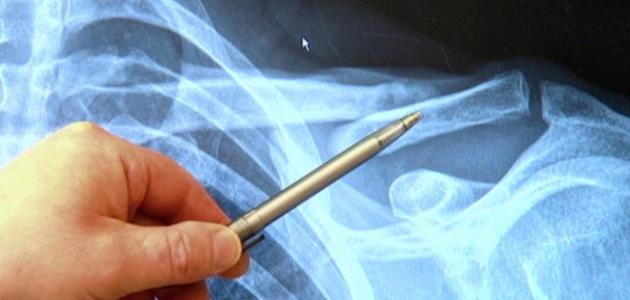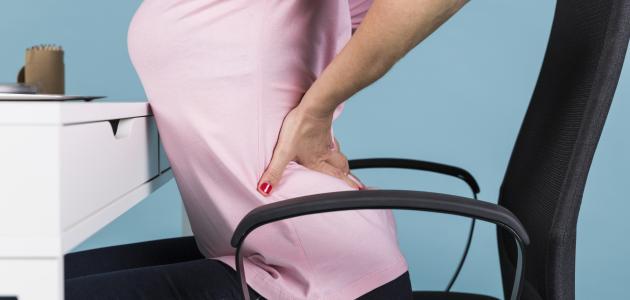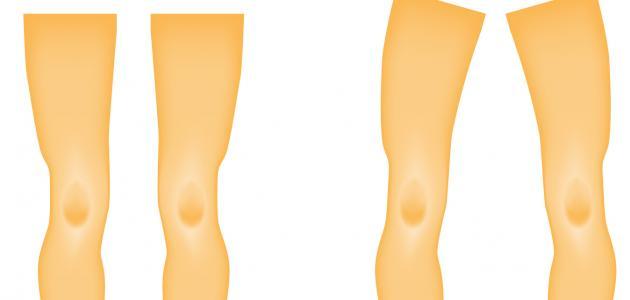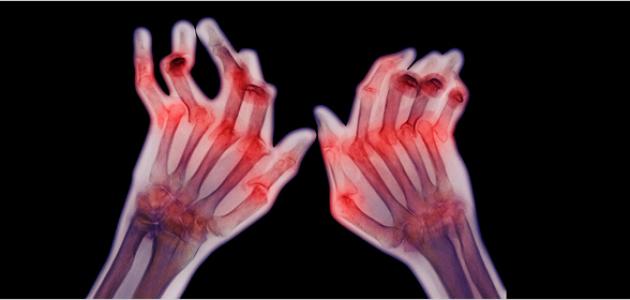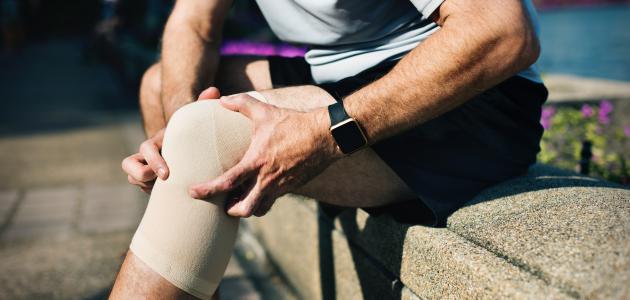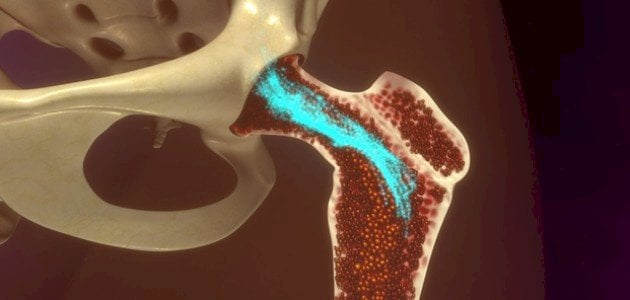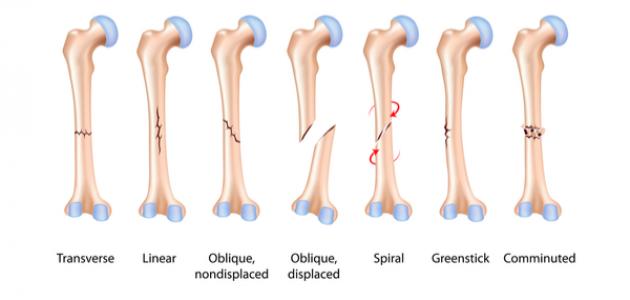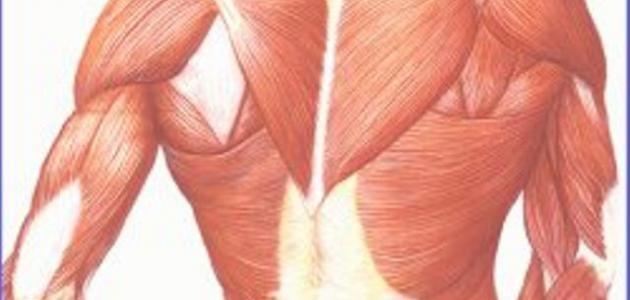Clavicle bone
The shoulder represents the most mobile joint in the human body, which makes it the joint most susceptible to dislocation. The clavicle is one of the bones that acts as a support between the shoulder blade and the sternum in the middle of the chest. The collarbone is considered one of the long bones, curved in shape, and the inner side of the collarbone is connected to the The sternum, or breastbone, is gripped by the sternoclavicular joint, while the outer side of the clavicle is connected to the acromion, which is a protrusion found on the shoulder blade, by the acromioclavicular joint.
Clavicle bone pain
Common causes of collarbone pain include:
- A clavicle fracture, which is the most common cause, is due to the location of the bone in the body, as it is more susceptible to fracture. Other symptoms of a clavicle fracture may appear accompanying the pain, including: swelling, bruising, pain upon pressure, and stiffness in the affected arm. For newborns, a clavicle fracture may cause inability to move the affected arm for a few days after birth.
- Adopting a certain position while sleeping, as sleeping on one side may cause pain in the collarbone on that side as a result of pressure on it.
- Joint problems occur, as the shoulder can be injured without breaking any bones.
- Osteoarthritis or arthritis.
- Having thoracic outlet syndrome, which is a group of disorders that occur when blood vessels or nerves in the space between the clavicle and the first rib become compressed. This may cause pain in the shoulders, neck, or hand, numbness and numbness in the arm and fingers, and a change in color. The hand or fingers, and there may also be a mass in the collarbone. Common causes of thoracic outlet syndrome include physical injuries and repetitive stress, such as: practicing strenuous sports or lifting heavy objects, and some birth defects, such as: the presence of an extra rib, and obesity, and it usually includes treatment. Thoracic outlet syndrome includes physical therapy. In more serious cases, the treating physician may recommend surgery.
- Bone cancer.
Read also:Right shoulder pain
Clavicle bone fractures
Collarbone fractures are considered one of the common fractures, which can affect people of all ages, as these fractures represent approximately 5% of all adult fractures, and these fractures can cause severe pain that prevents the injured person from moving his arm. These fractures often occur as a result of a fall on the shoulder, or on an outstretched arm. They can also occur as a result of a direct blow to the shoulder resulting from a traffic accident. As for infants, they can occur during birth, and clavicle fractures differ in their location of occurrence in the parts of the bone itself, in addition to In some cases, they can be divided into several parts, scattered out of place, or lined up straight, and in other cases they may crack only slightly. Most clavicle fractures can be treated by wearing a sling that prevents the arm and shoulder from moving while the bones heal. However, Some clavicle fractures, in which broken pieces of bone can move out of place, may require surgery to realign the clavicle. These signs may also appear when the clavicle is broken:
- Inability to raise the arm due to severe pain.
- Deformity at the fracture site.
- Swelling, bruising, and severe pain when pressing on the affected area.
- Feeling of bone grinding when moving the arm.
- The shoulder protrudes forward and down.
Read also:Symptoms of muscular atrophy
Diagnosis of pain and fractures of the clavicle
Your doctor may order one of the following procedures to diagnose collarbone pain:
- The patient's medical history, which includes detailed questions about pain and its nature.
- Clinical examination.
- Imaging, especially if the pain is caused by injuries and bone fractures. Imaging includes many options, including:
- X-rays, as most fractures are diagnosed using
- CT scan, which is a three-dimensional scan that shows cross-sectional images of the body, horizontally and vertically. This type is used especially if the pain is not caused by fractures. It is always preceded by an x-ray image, and is not necessary if the x-ray image shows a clear injury.
- Magnetic resonance imaging, which is used for small fractures, as it produces more detailed images, and for collarbone fractures, MRI is rarely used.
- Bone scan, which is a nuclear imaging test that helps diagnose and monitor different types of bone diseases, in which a substance is injected into the areas of fractures or deformities in the bones.
Risk factors for clavicle fractures
There are a number of factors that increase the risk of bone fractures in general, which certainly include clavicle fractures, and these factors include the following:
Read also:Joint pain- Drinking excess alcohol, as it affects bone structure and mass, according to what was published by the National Institute on Alcohol Abuse and Addiction, as chronic alcohol consumption during the early years can harm bone quality, and may increase the risk of fractures even after stopping drinking, as some have explained. Research on the relationship between excessive consumption of more than three drinks a day and its effect on vitamin D levels.
- Smoking, which is a risk factor for fractures; Because of its effect on the level of hormones in the body.
- Suffering from diabetes; This is because of the resulting poor vision and nerve damage, which may lead to falls, in addition to the fact that type 1 diabetes causes a decrease in bone density. This is because it begins in childhood when bone mass is built.
- Previous fractures.
- Suffering from rheumatoid arthritis.
